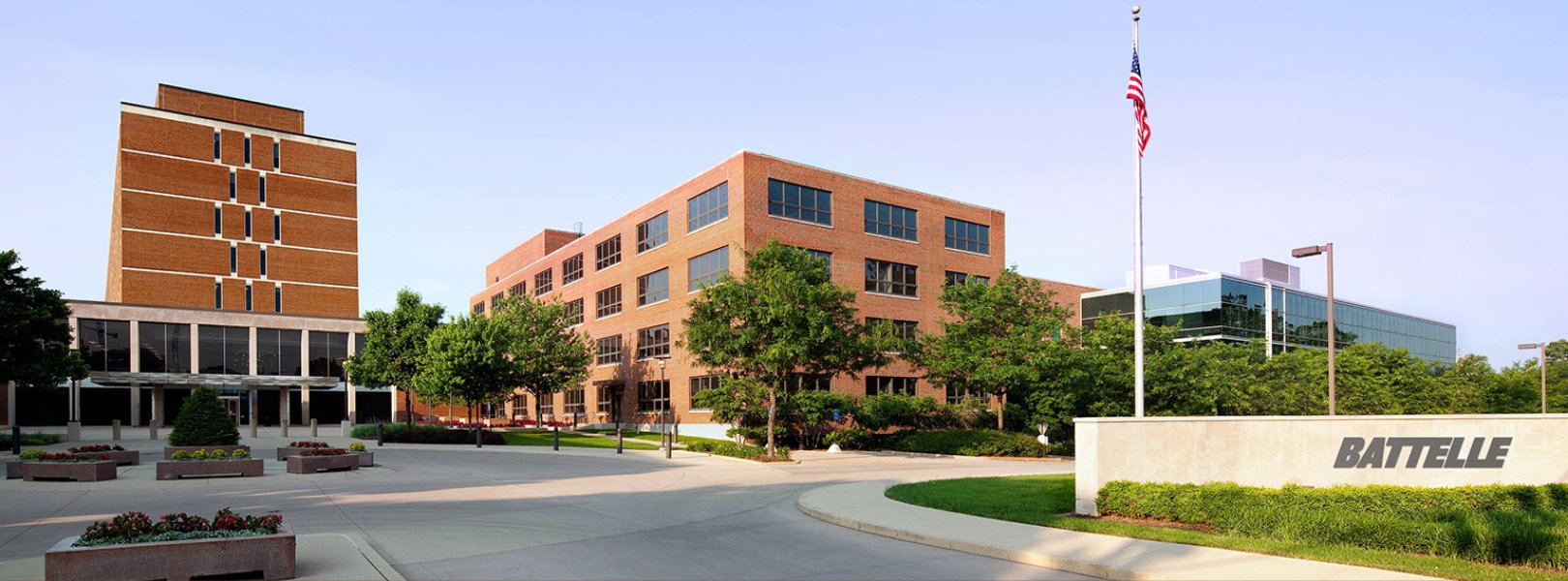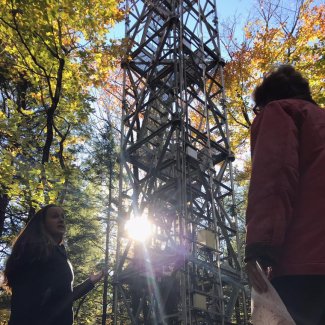Vision and Management

NEON's Mission 2030
To collect and freely share critical ecological data, samples, and infrastructure with researchers and the public to advance understanding of ecological processes and inform the sustainable management of U.S. ecosystems.
NEON's Vision 2030

The flux tower at BART
The National Ecological Observatory Network:
- Provides trusted, freely available, high quality, national-scale, critical data and samples that are easily accessed and made rapidly available for use by researchers around the world to enable an informed and predictive understanding of ecological responses to environmental changes.
- Is a respected platform that integrates with the environmental and ecological research community through collaboration, community-adopted standards, data usage, linked data, measurement methods, curriculum content, or assets.
- Adapts to frontier science needs to provide an optimized, forward-looking technological and observational platform to be used as a catalyst for research and innovation and inspire an expanding global scientific landscape of environmental monitoring infrastructure.
- Delivers the educational and training resources to the next generation of ecologists and environmental scientists, and to the expanding and multi-disciplinary community for effective use of NEON data, samples, and technology.
NEON 5-Year Strategic Plan
The development of NEON's 5-Year Strategic Plan was steered by the mission and vision above, and includes the following strategic goals:
- Enable Science Through Partnerships
- Maximize Operational Excellence and Availability of High-quality Data
- Harness Evolving Technology to Catalyze Discovery
- Enhance Discoverability, Accessibility, and Usability of NEON Data and Services
- Foster An Engaged Workforce
For more details about the strategy, read the NEON 5-Year Strategic Plan.
Managed by Battelle
Battelle is proud to manage NEON, one of the most ambitious ecology programs of all time.
Since assuming management of the Observatory for the U.S. National Science Foundation (NSF) in 2016, our team completed construction of the Observatory and successfully transitioned all 81 field sites to operations, positioning the program to be a major contributor to ecological research for decades to come.
Battelle is the world's largest nonprofit independent research and development organization, operating at the forefront of scientific discovery for more than 90 years. We apply cutting-edge science and engineering to solve the most complex challenges of our time.
In the area of lab operations and research management, Battelle provides end-to-end facility operations and management; a highly skilled and trained research team; and systematic research, development, testing, and evaluation combined with systems integration, data management, advanced analytics, and simulation capabilities for complex programs and facilities. Battelle's approach ensures proactive, agile, and adaptive solutions and support.
Battelle's mission is to translate scientific discovery and technology advances into societal benefits. Profits are reinvested into research and development and STEM education. Learn more at www.battelle.org.